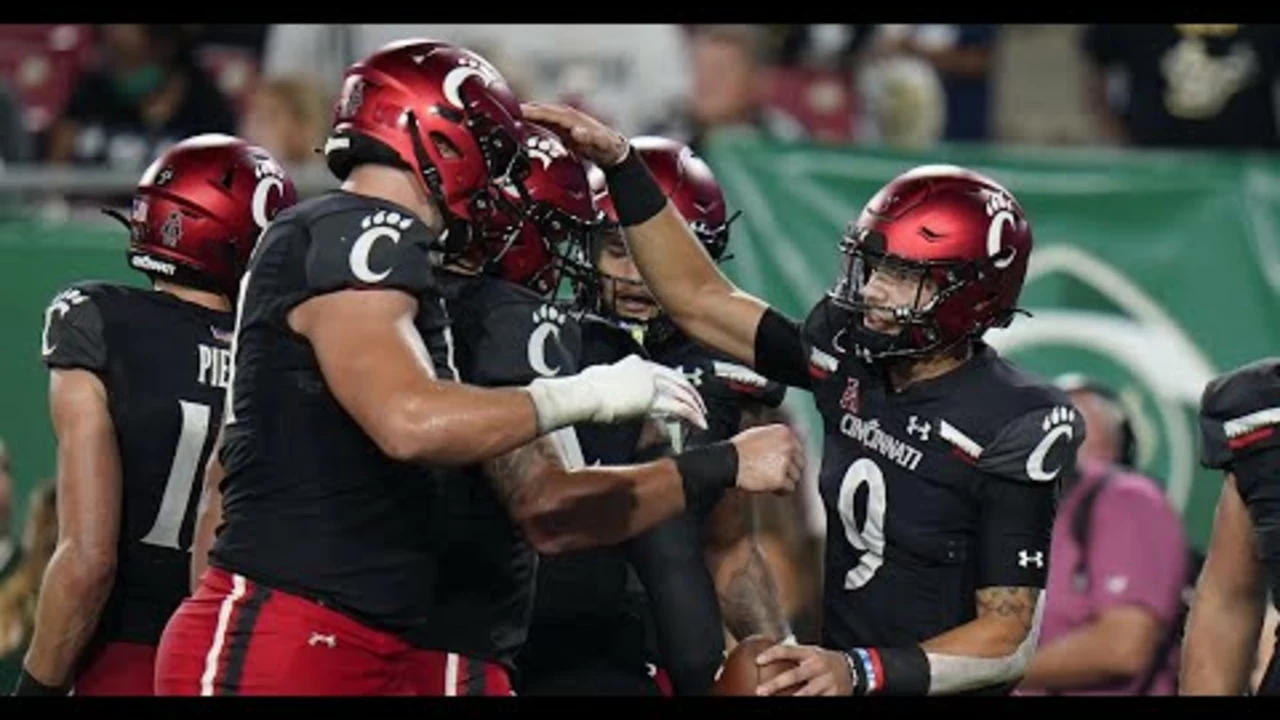CFP Decision: How the College Football Playoff Picks Are Made
Every December the college football world stops and asks one question: who gets into the CFP? The answer comes from a process that looks simple on TV, but behind the scenes there’s a lot of discussion, data, and opinion. If you’ve ever wondered why a team you love misses out, or why another gets a spot you think it doesn’t deserve, this guide will break it down in plain language.
Who Chooses the CFP Teams?
The selections are made by a 13‑member committee. The members include former coaches, athletic directors, former players and journalists. They meet twice a week during the season and then have daily meetings in the final weeks. Each member gets a ballot and they rank the top 25 teams. The top four in the final poll become the playoff teams.
Committee members can’t talk publicly about how they vote. That’s why you often hear vague statements like “we look at the overall picture.” The anonymity is meant to keep the process honest and protect members from outside pressure.
What Influences the Final Pick?
There are a few core factors the committee says they use:
- Win‑loss record: Teams with fewer losses have an edge, but a loss to a strong opponent can be less damaging than a loss to a weak team.
- Strength of schedule: Playing and beating ranked opponents scores big points. A team that dominates a weak conference might be passed over for a team with a tougher slate.
- Head‑to‑head results: If two teams have similar records, the winner of their matchup gets a boost.
- Conference championships: Winning your conference is a big checkmark, especially for the Power Five leagues.
- Injury reports and recent performance: Late‑season momentum matters. A team that finishes strong can jump ahead of a team that falters late.
Beyond the official list, the committee also looks at “the eye test.” That’s a way of saying they watch how a team plays—whether they dominate on both sides of the ball, how they handle pressure, and if they can compete with the best.
Fans love to argue about the “eye test” because it’s subjective. One person might think a high‑scoring offense is enough, while another focuses on defensive consistency. That subjectivity fuels the yearly debates on social media and in sports talk shows.
Another piece that often sneaks in is the “conference bias” talk. Some fans claim the committee favors the Power Five conferences (ACC, Big Ten, Big 12, Pac‑12, SEC) over Group of Five schools, even when the latter have impressive records. The data shows Power Five teams still dominate the top four, but the committee says they consider every team equally.
When the final poll is released, the top four move on to the semifinal bowls (the Rose, Sugar, Orange, or Cotton Bowl, depending on the rotation). The winners of those games meet in the national championship.
So, what can you do as a fan? Keep an eye on the weekly rankings, watch how your team does against ranked opponents, and pay attention to any injuries that could affect later games. Understanding the criteria helps you see why the committee makes the choices it does, and it makes the debates a lot more fun.
In short, the CFP decision isn’t magic. It’s a mix of stats, performance, and a few subjective judgments. Knowing the process gives you a clearer picture of why the playoff looks the way it does each year, and maybe next season you’ll see your favorite team make the cut.
How is the College Football Playoff (CFP) decided?
Aug, 3 2023
Well, folks, let me tell you! The College Football Playoff (CFP) selection is a delightful bit of madness, all about stats, wins, and a dash of good old luck. This crazy ride starts with a committee of 13 football savants who huddle up and rank the top 25 teams weekly, starting around the end of October. They're weighing in the team's wins, losses, strength of schedule, and other important factors like the number of mascot pushups. When the dust settles in mid-December, the top four teams are picked for the playoffs, where they battle it out for the national championship. So, basically, it's like a well-organized brawl with shoulder pads and a whole lot of college pride!

